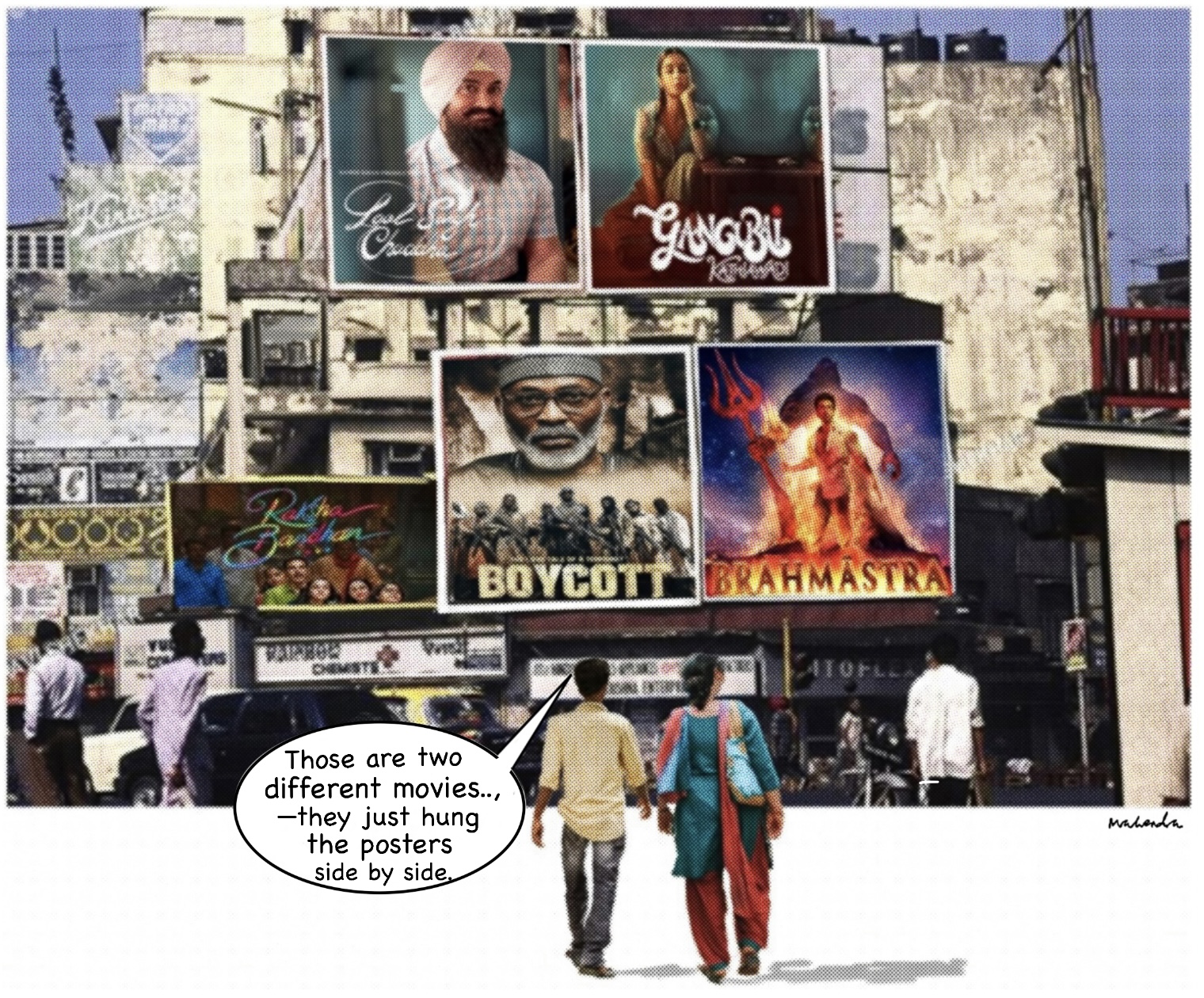A former editor of mine once took a cruise and snapped a photo of a crew member who looked just like me. This happened many years ago, but I still think about my look-alike (or doppelgänger) now and then. I wish he lived close to me, so I could hire him periodically. He could attend meetings for me, go to high school and college reunions, and accompany my wife on shopping trips.
Wouldn’t my wife be able to tell the difference between me, her husband of 22 years, and a total stranger who walked off a ship?
Perhaps she would, but not if I trained my look-alike to respond to any shopping-related questions by nodding and saying, “It makes you look slim!”
In just a few months, my wife would be raving to friends about her new-and-improved husband: “He has even given up watching football to go to bookstores with me. And he said that Vikram Seth’s novel ‘A Suitable Boy’ makes me look slim!”
If you’re skeptical that my doppelgänger could fool my wife, you probably haven’t seen the recent photo project and scientific study involving 32 pairs of look-alikes. A team of researchers in Spain recruited these look-alikes for the study and found that half of them exhibited such amazing resemblance that facial recognition programs gave them similar scores to identical twins.

Look-alikes in the study.
More significantly, the researchers found that the look-alikes had certain genetic similarities — almost as if they were related to each other.
“In the world right now, there are so many people that eventually the system is producing humans with similar DNA sequences,” Dr. Manel Esteller, a researcher at the Josep Carreras Leukemia Research Institute in Barcelona, Spain, told CNN.
The system is producing humans with similar DNA sequences? I don’t know whether to be excited or afraid.
If “the system” keeps producing doppelgängers, things could get quite hairy for some people. Just imagine that you’re watching a CNN report about a bank heist. “Here’s a photo of the suspect,” the anchor says, and you look closely to see if you can recognize the crook. Perhaps it’s your dopey cousin Rob, who has been trying hard to live up to his name.
But what appears on the screen is a photo of YOU. Well, it looks like you, at least. A large reward is offered, and before you know it, the police have surrounded your home and your parents have disowned you. Your cousin Rob has turned you in.
“I didn’t do it,” you insist, but several witnesses come forward to identify you as the robber, and a piece of chewing gum dropped in the parking lot provides incriminating DNA evidence. Soon you are serving a long sentence in prison, while both your dopey cousin and doppelgänger are rolling in dough.
Having a look-alike may have many benefits, however, especially for celebrities, who can make appearances in more places.
A few years ago, superstar Beyoncé flew to Mumbai to perform a private 45-minute concert at the wedding of Isha Ambani, daughter of billionaire Mukesh Ambani. For such performances, Beyoncé reportedly charges about $3 million, an amount that Mukesh regularly finds under his sofa cushions.
Only a few families can afford to hire Beyoncé, but not to worry. If you are organizing a wedding for your son or daughter, just pay $20,000 and impress your guests with Beyoncé’s look-alike. She will perform a one-hour concert with almost perfect lip-syncing. If that isn’t enough, she will mingle with your guests and entertain them with stories of her exciting marriage to Jay-Z’s look-alike.
Look-alikes can not only make paid appearances, they can also go on vacation for celebrities. Tom Cruise can show up at a Florida beach and attract a throng of fans. Soon, photographs of Cruise’s well-toned body are circulating on social media and people are tweeting, “What a hunk! Is he really 60? He’s got the body of a 30-year-old!”
Meanwhile, the real Tom Cruise is stuffing himself at a buffet, while admiring his pecs and biceps online. He’s thankful that he bought a premium membership to Gold’s Gym and thrilled to see that it’s being used.












